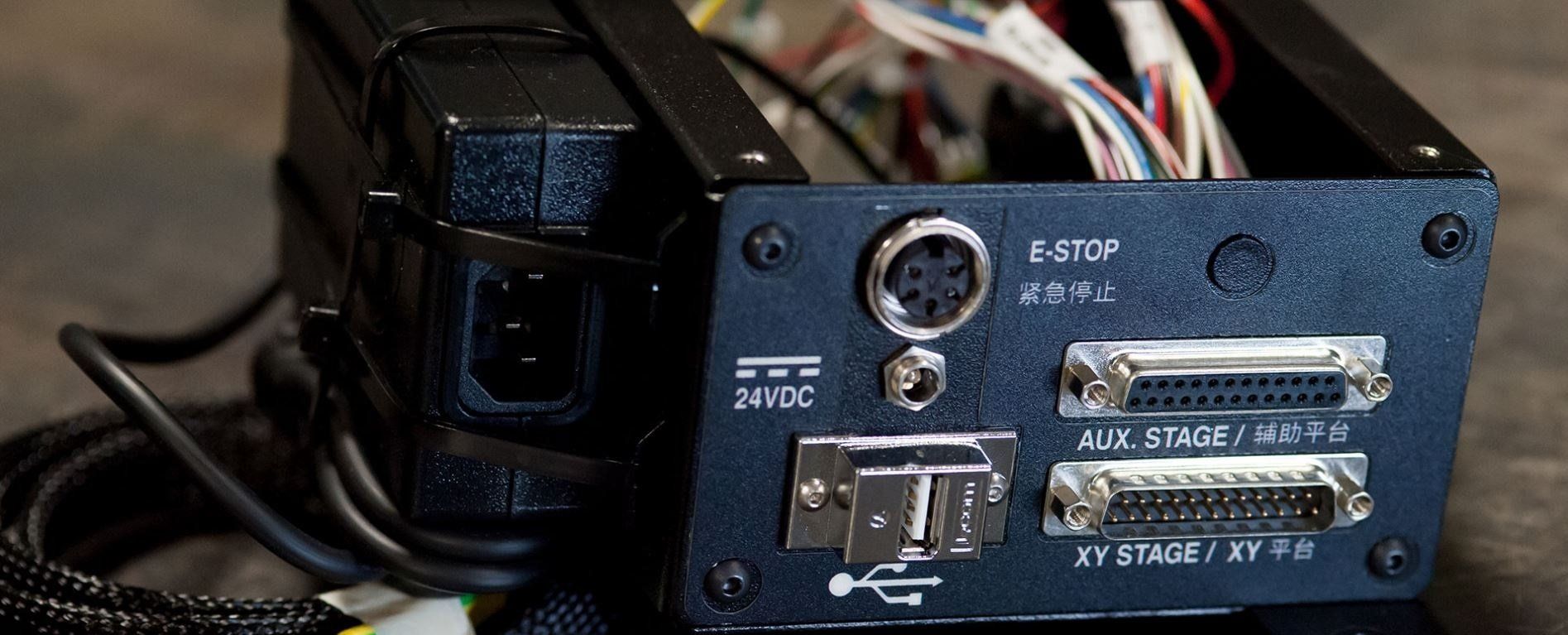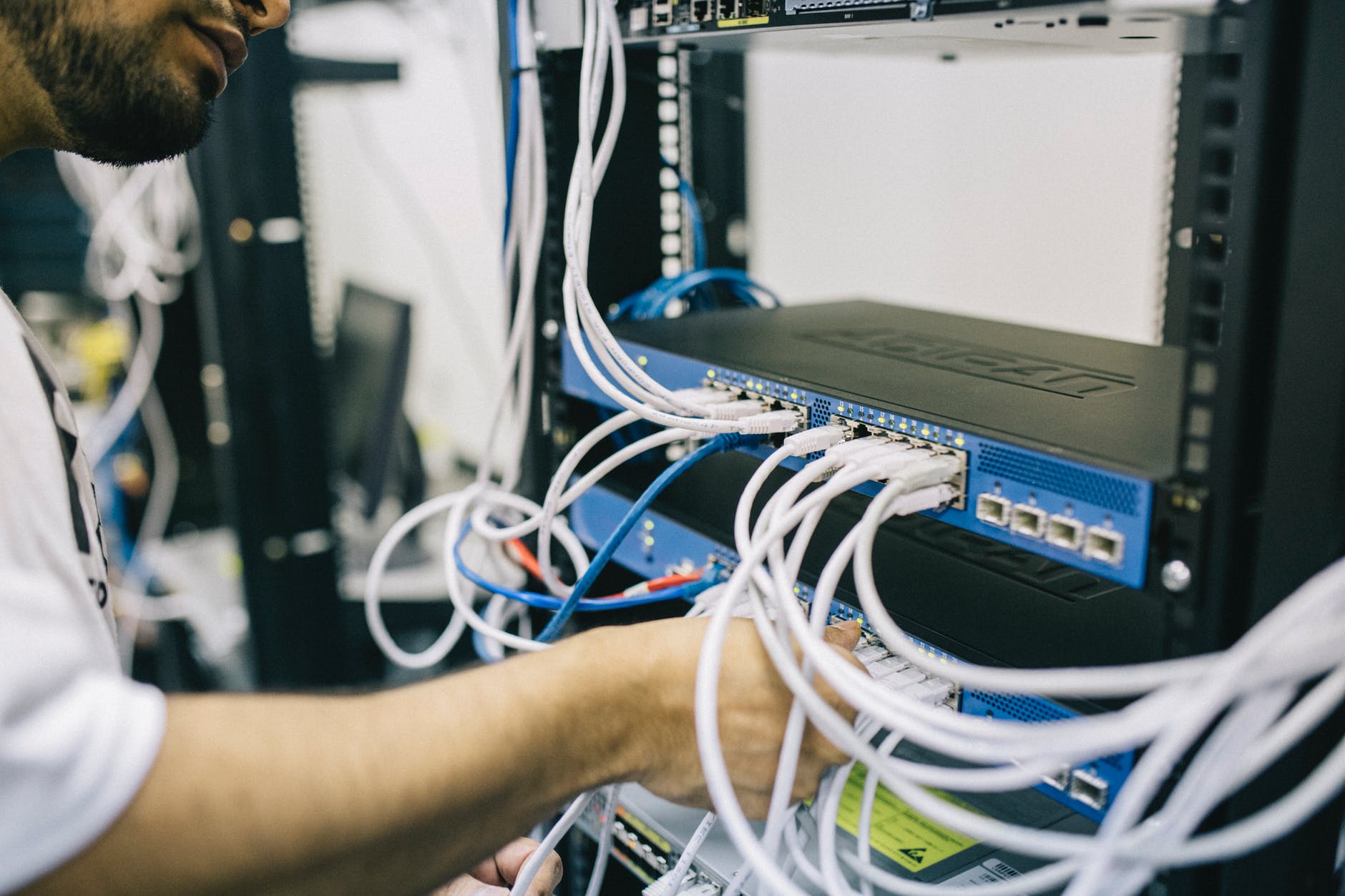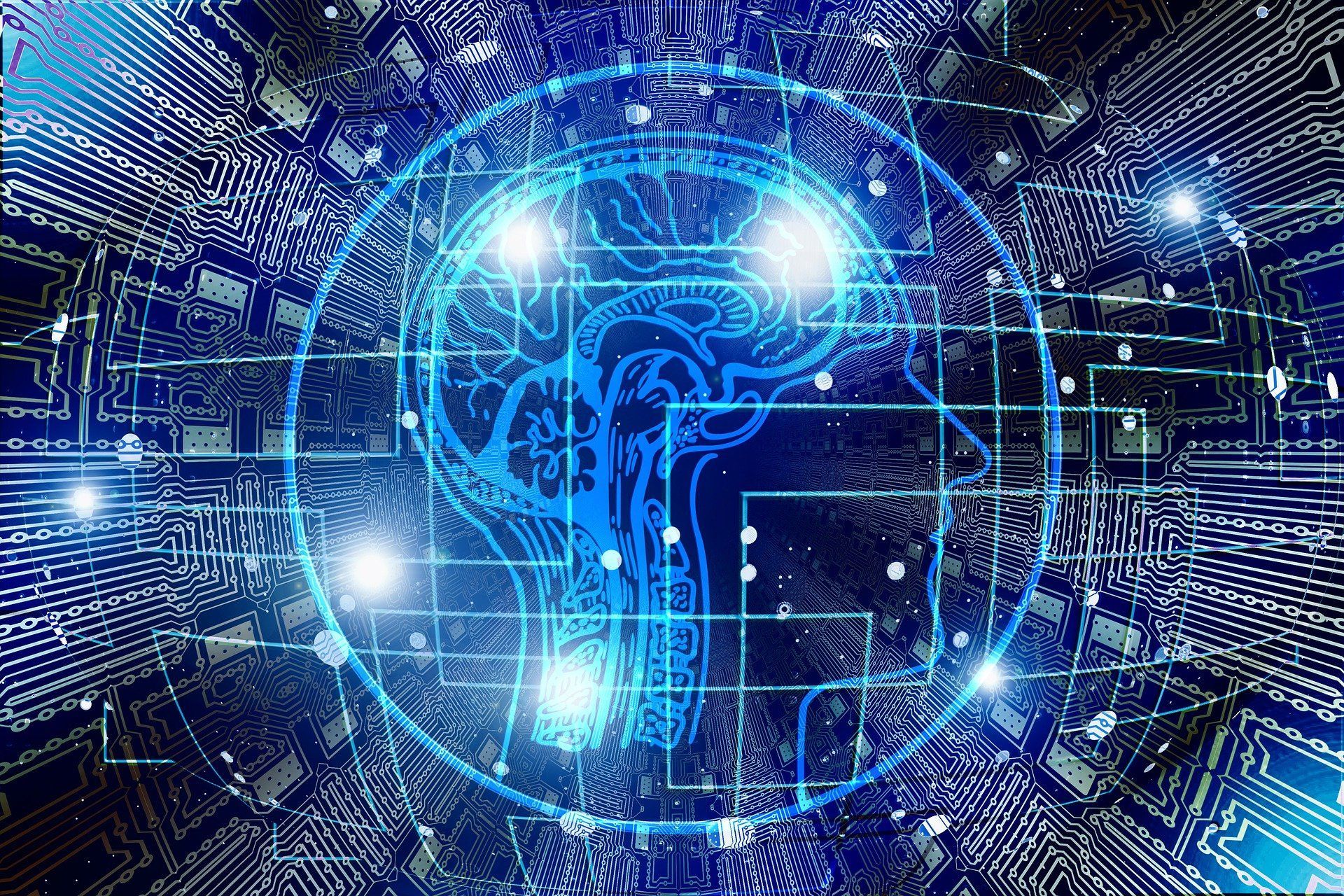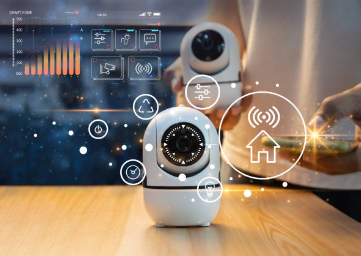
Slide title
Write your caption hereButton
Slide title
Write your caption hereButton
Slide title
Write your caption hereButton
Slide title
Write your caption hereButton
Slide title
Write your caption hereButton
Exploring Smell Sensors
To understand the world around us, we rely on our senses. Our brains blend the unique information from each sense to build a picture of our surroundings.
We are becoming more and more reliant on technology to make complex decisions on our behalf as a result of the development of artificial intelligence (AI) and machine learning (ML). We should give AI and ML-powered machines the tools they need to gather the information they need in order to construct an accurate picture of their environment.
By giving machines the data, they require to operate properly, sensors are essential to this modern technology. The goal of designers for a long time has been to give machines sensory equivalents. The human brain has been expertly trained to comprehend the data that the senses can gather. Artificial sensors, however, frequently require more advanced technology. Early sensors lacked the processing capacity necessary to comprehend the data they collected.
Because they require a direct line of sight or physical contact to work well, many sensory devices, such as light and proximity sensors, are constrained. Designers can no longer rely on basic sensing technology as the applications for today's technology become more complicated.
Sense of smell as a machine
Olfaction, also referred to as the sense of smell, is a method of chemically analyzing minute amounts of molecules suspended in the air. Signals are sent to the areas of the brain responsible for smell recognition when these molecules meet a receptor in the nose. The concentration of receptors, which varies from species to species, determines olfaction sensitivity. For instance, a dog's nose is much more sensitive than a human's, and they can detect chemical concentrations that are much too minute for people to notice.
Detection dogs have benefited humans by helping them with a variety of jobs. These canines are not only useful for looking for illegal items or weapons, but they can also help identify diseases before symptoms appear. They have also been employed in other industries, such as fire investigation and environmental management. A detection dog must first undergo several months of training, and they are frequently only taught to recognize a limited set of Oduors. Additionally, dogs are of little use in an industrial setting.
Olfactory sensors as a detecting technique offer a variety of special benefits. Olfaction doesn't rely on line-of-sight detection like image recognition and other vision-based technologies do. Olfactory sensor technology is able to function without the need for invasive treatments by detecting odors from items that are buried, occluded, or just not visible by conventional means. The most recent developments in olfactory sensors are thus perfectly suited for a variety of applications.
Three Situations Where Smell Sensors Make Sense
Artificial smell sensors, created to imitate this unique human capacity, are increasingly finding use in a variety of contexts thanks to technological advancements. These sensors are enabling new levels of safety, effectiveness, and early detection in locations like airport security, manufacturing floors, and medical offices by analyzing chemical signatures in the air.
Security
Because it doesn't require physical contact, the sense of smell is perfect for detection in wide spaces. For instance, smell sensors can be used at airport security to gather data about travelers or their bags as they pass. Security officers can quickly let passengers pass through the facility by using these sensors, which are equipped with a database of chemical signatures and the computing power to analyze a large number of samples in real-time. Only those passengers who have been flagged as being of particular interest will be stopped.
Industry
Smell sensors are also being used in the industrial sector. There is a chance that many industrial operations will produce harmful byproducts. Olfactory sensors can keep an eye on the air quality and flag any unsafe chemical buildup. They can also provide essential data regarding the industrial process itself. Incomplete combustion can lead to high levels of unburned fuel in the atmosphere, which is a sign of an energy-inefficient process. If oxidation needs to be prevented, a different smell can suggest it. When paired with the most recent AI technology, olfactory sensors can, in both situations, give an early warning of a problem and recommend the best course of action to resolve it without human interaction.
Medical
Some of the most promising olfactory sensor applications are found in the healthcare sector. For medical technology to provide patients with the best clinical results, early diagnosis is essential. Numerous illnesses, such as diabetes and cancer, result in observable alterations in the body's chemistry. Sensors that can recognize Oduor changes can offer a crucial early diagnosis, greatly increasing the likelihood of a successful course of therapy and recovery. Due to their non-contact, non-invasive design, these sensors can be utilized for an initial consultation without the time-consuming delays associated with more conventional blood or tissue analysis techniques.
Conclusion
In addition to conventional vision-based sensors, olfactory sensors outperform other technologies in a number of ways. They don't need a direct line of sight or direct physical contact to function.
Olfactory sensors function in concert with other methods to give machine systems the feedback they need to help improve lives. They have applications in a wide range of industries and applications, from security and industry to ground-breaking medical.



